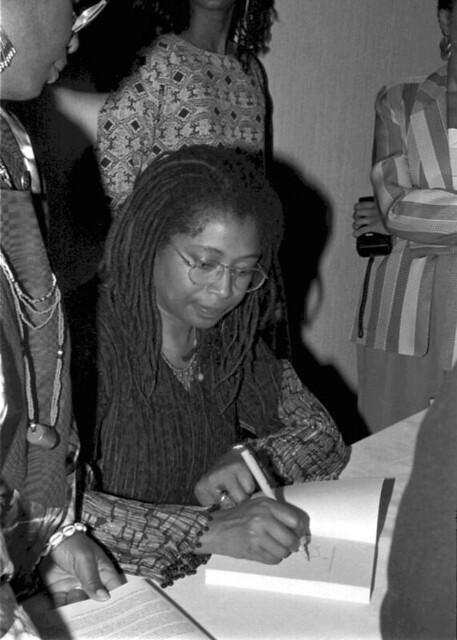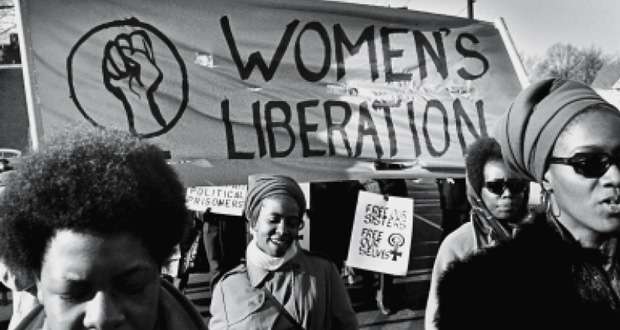In a Nutshell
Both feminists and womanists have a very similar goal – so similar, you could almost call it the same. The true difference between the two schools of thought lies in racial and social standing. Feminism and womanism both fight for the equal rights of women in society. Feminism was historically championed by middle-class white women who would suffer no great consequence. However, the poorer black community of women could not afford the same liberties. As such, womanism tends to be more accepting and supportive of male counterparts – united by their common racial discriminations. Alice Walker, who first came up with the phase ‘womanism’ said the difference was minimal and “Womanist is to feminist as purple is to lavender”.
The Whole Bushel
Feminism is a term that first came up in the 1900’s. Women were slowly realizing the need to fight for equal rights to join in on political debates. Inching their way forward, they gained the right to land ownership and voting. Up until the 1940s, the progress was slow going and women were still expected to follow the stereotypes. WWII sparked the next big development because it put women in the workplace. With the majority of men fighting on the front lines, someone had to work the factories and keep the country running. Women were asked to ‘do their share’ and keep their husbands well-stocked with ammunition and canned food. When the husbands returned at the end of the war years later, their wives did not want to give up their jobs and freedoms. Protests and demonstrations lasted through the 80s, with women fighting to change the stereotypes that so dictated their lives. In current times, many major issues have been won, but feminists are still fighting for real equality. Focusing on issues like rape, wage gaps, and discrimination, they are trying to level the playing field between men and women.
“The belief that women should be allowed the same rights, power and opportunities as men and be treated in the same way” – Cambridge Dictionary
The term Womanist is relatively new compared to feminism. It was first coined by the black poet and activist Alice Walker in 1983. Frustrated by the lack of diversity in the feminist movement, she defined womanists as black women who were ‘committed to survival and wholeness of entire people, male and female’. The feminist movement up until this time had been dominated by middle-class white women who were well educated and in a place of economic power. Segregation had only ended in 1964, and the black community was still bearing the brunt socioeconomic discrimination. Black women, in particular, were the worst off. It was out of this frustration that womanism was born. The movement was to be more aligned with black women’s issues without ignoring the facts of racial and social discrimination.

The biggest difference between womanism and feminism ideology is who they are rallying against. Feminists are fighting male patriarchy – usually found in the form of white males – and the stigmatisms that exist against women. Womanists are fighting this discrimination in term of their race, color and demographics. They are more accepting of each other’s struggle and less radical in their protests.
Show Me the Proof
What is Feminism? [Link]
A Comparison And Contrast Of Womanist And Feminist Theology And Experience [Link]











